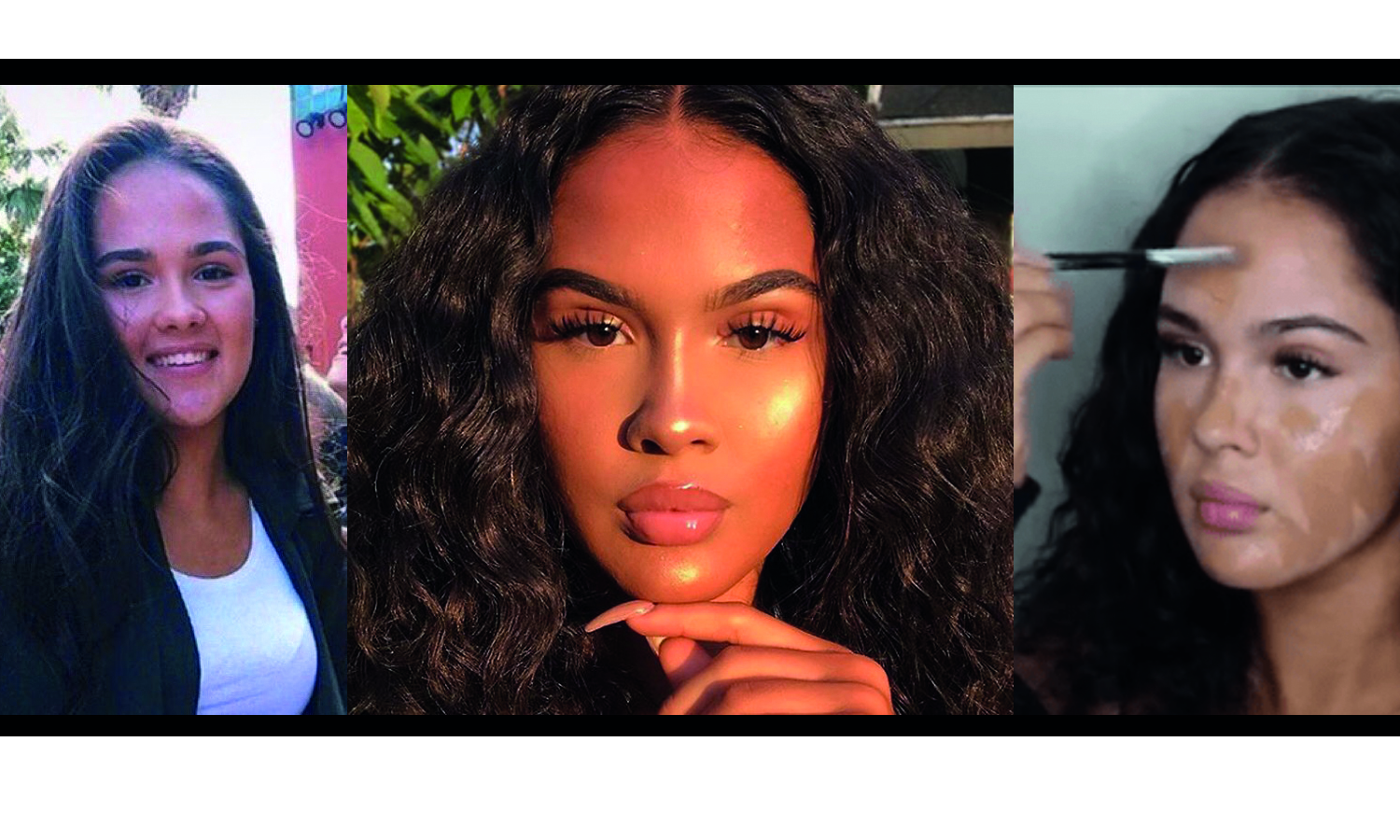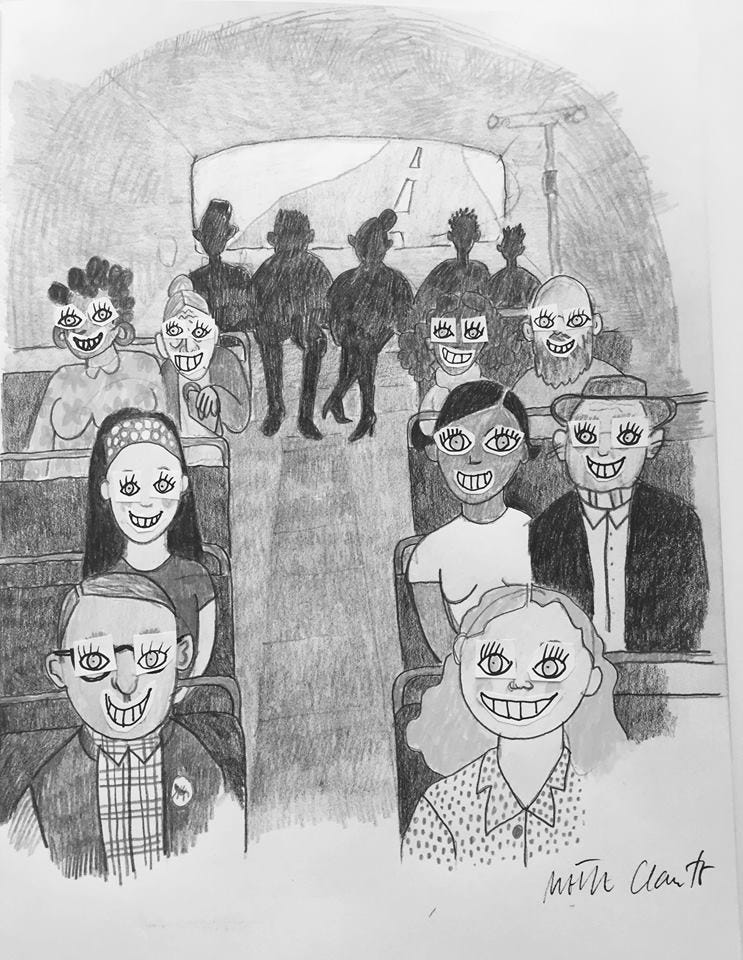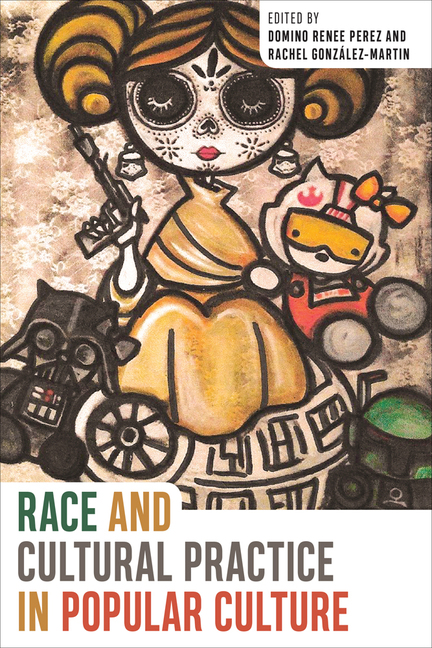Call for Papers: Representations of Afrolatinidad in Global Perspective Conference
Representations of Afrolatinidad in Global Perspective
University of Pittsburgh
2019-04-11 through 2019-11-13
Conference Convened by the Afro-Latin American and Afro-Latinx Studies Initiative
Contact: Dr. Michele Reid-Vazquez, University of Pittsburgh
Keynote Speakers:
Dr. Juliet Hooker, Professor of Political Science,
Brown University, Providence, Rhode Island
Dr. Nancy Mirabal, Associate Professor of American Studies; Director of the US Latina/o Studies Program
University of Maryland, College Park
The intersections of race, ethnicity, and representation have shaped historical and contemporary articulations of Afrolatinidad. As an expression of multivalent identity, both shared and unique, Afrolatinidad informs the experiences of over 150 million Afro-Latin Americans and millions more within diasporic communities in the United States, Canada, Europe, and beyond. The conference seeks to foster an international dialogue that addresses regional, national, and transnational links among the ways Afro-Latin Americans and Afro-Latinxs create, sustain, and transform meanings surrounding blackness in political, social, and cultural contexts.
This two-day symposium aims to engage multiple depictions of Afro-Latin Americans and Afro-Latinxs – whether self-fashioned or imposed. The varied portrayals in the past and present reflect the ongoing global realities, struggles, vibrancy, and resiliency of Afro-Latin diasporas throughout the Americas and elsewhere. The symposium will feature keynote addresses by Dr. Juliet Hooker, Professor of Political Science at Brown University, and Dr. Nancy Mirabal, Associate Professor of American Studies and Director of the U.S. Latina/o Studies Program at the University of Maryland-College Park. Their work on Afro-descendant politics in Latin America and Afro-Latinx discourses of race, gender, and territoriality, respectively, will spark broader exchanges around Afrolatinidad and representation among presenters and attendees.
We invite submissions that address aspects of Afrolatinidad, particularly through ethnicity/race, gender, history, technology, and expressive culture, such as music, dance and art. We are especially interested in papers that analyze these themes across a variety of conceptual frameworks, including Africana Studies, Anthropology, Caribbean Studies, Cultural Studies, History, Latin American Studies, Latinx Studies, Media Studies, Political Science, and Sociology.
Submissions need not be confined to these topics, but, if possible, please indicate at least two themes that correspond to your proposal.
Themes:
- Slavery and Its Legacies in Latin America
- Politics of Culture/Cultural Expression
- Visibility and Invisibility
- Theorizing Afro-Latinidad
- Race, Gender, and Migration
- Diaspora, Community, and Technology/Social Media…
For more information, click here.







